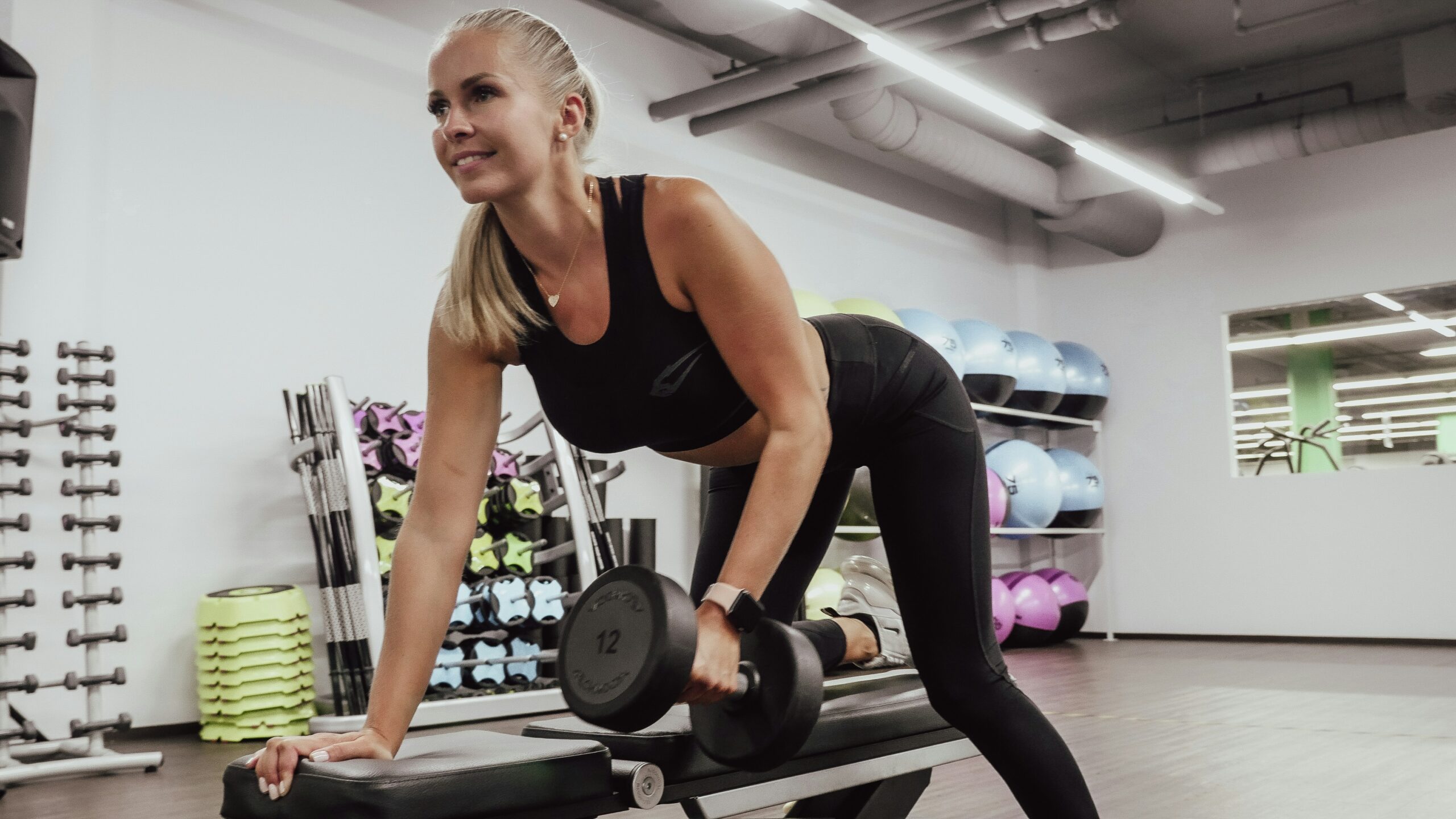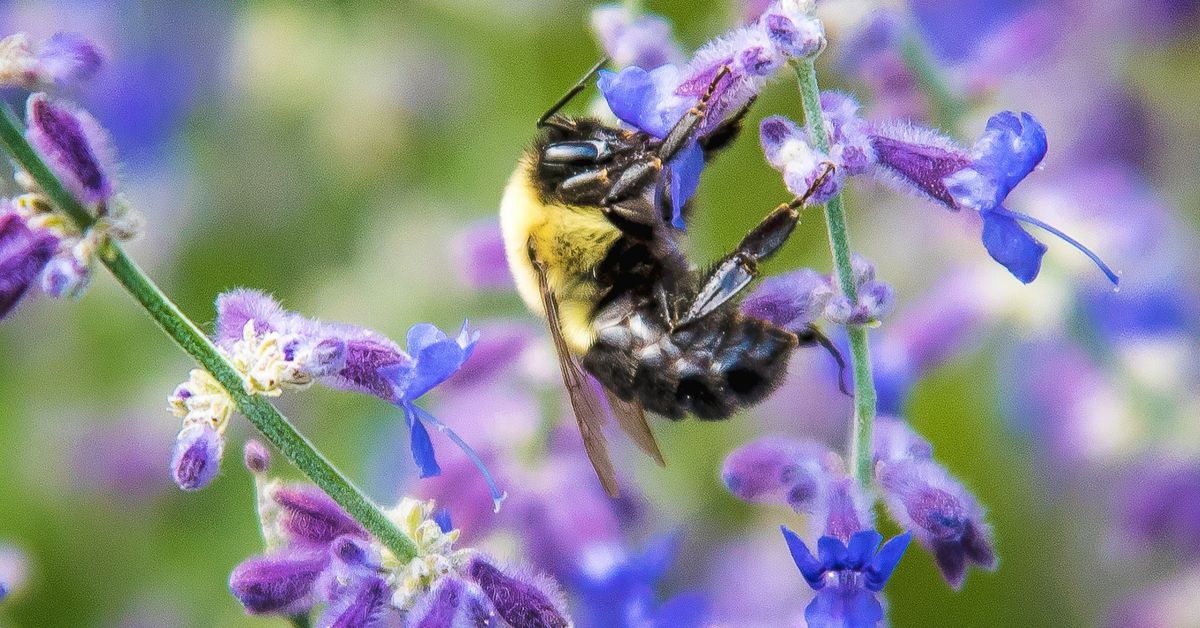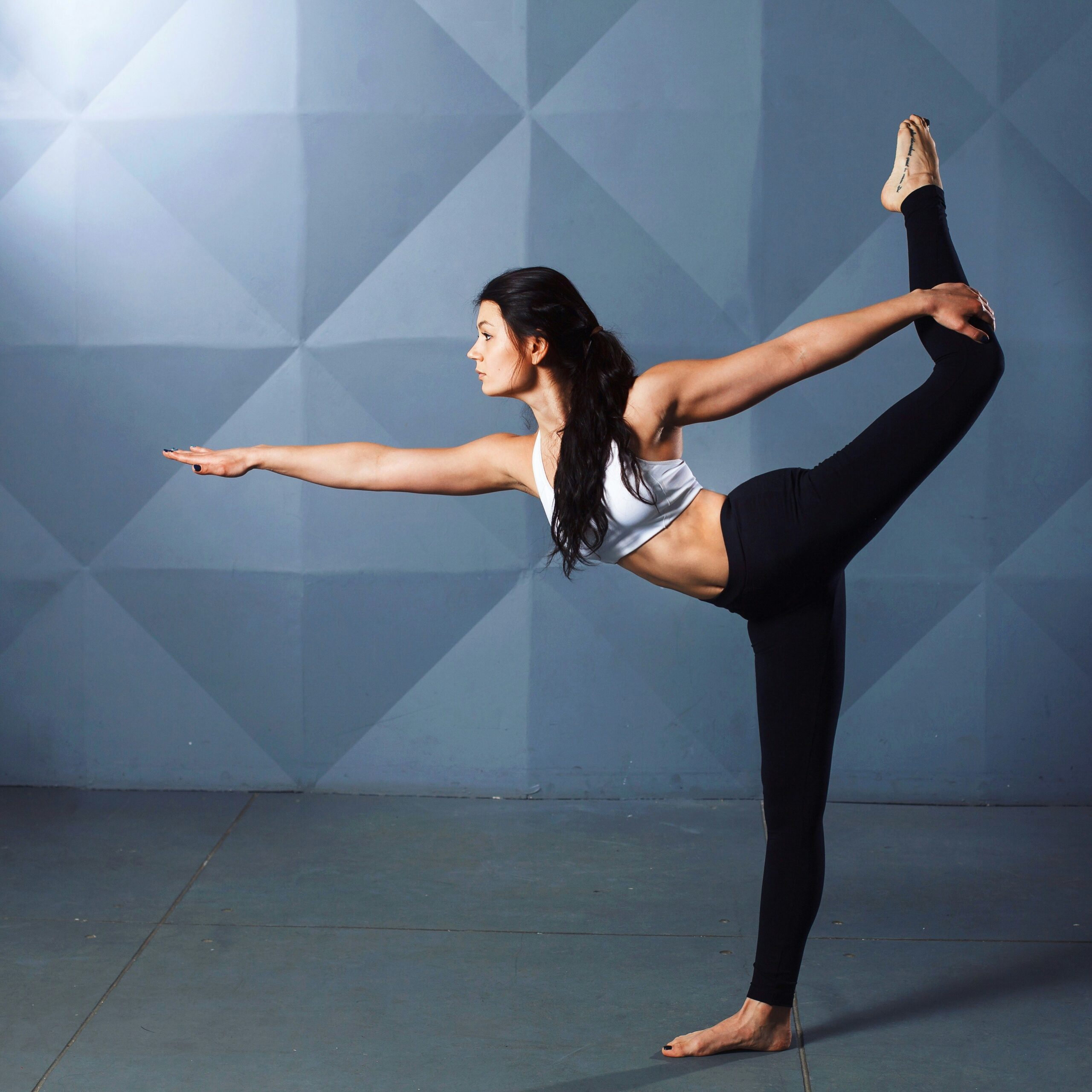Elevate Your Game with Mindfulness Techniques for Athletes
When you think of athletic prowess, your mind likely conjures images of elite athletes pushing their bodies to the limit, sweat glistening, muscles straining, and sheer determination etched on their faces. But what if I told you that some of the most significant gains in performance don’t come from the physical realm at all? Instead, they stem from a powerful mental discipline known as mindfulness.
Mindfulness, often associated with meditation and relaxation, is not just a trendy buzzword in wellness circles; it’s a game-changer for athletes striving to reach new heights. Whether you’re a weekend warrior or an Olympic hopeful, integrating mindfulness techniques into your training regimen can profoundly impact your performance, focus, and overall enjoyment of the sport.
Understanding Mindfulness: More Than Just a Trend
First, let’s unpack what mindfulness really means. At its core, mindfulness is the practice of being fully present in the moment, aware of your thoughts and feelings without judgment. It’s about tuning in to your body and mind, recognizing what you are experiencing without getting swept away by it. Sounds simple, right? Yet, in a world filled with distractions—social media notifications, the pressure to perform, and the internal dialogue of self-doubt—achieving this state can feel almost Herculean.
Interestingly enough, studies suggest that incorporating mindfulness into training can enhance focus, reduce anxiety, and improve overall performance. A 2016 study published in the journal Sports Medicine found that athletes who practiced mindfulness reported lower levels of stress and higher levels of satisfaction in their sport. (I remember reading that study and thinking, “Wow, maybe I should’ve paid more attention to mindfulness instead of just trying to out-sprint my competition in high school.”)
The Science Behind Mindfulness in Sports
Scientific research supports the notion that mindfulness can lead to tangible improvements in athletic performance. According to Dr. Michael Gervais, a leading sports psychologist, mindfulness allows athletes to better manage their physiological stress responses. By training the mind to focus on the present, athletes can eliminate distractions that hinder performance. Think about it: how often have you found your mind wandering during a game, replaying past mistakes or worrying about future outcomes?
Some fascinating findings from various studies include:
- A reduction in performance anxiety.
- Improved concentration and focus during competitions.
- Enhanced emotional regulation, leading to better decision-making under pressure.
In essence, mindfulness equips athletes with tools that not only improve their mental game but also allow their physical abilities to shine. But how exactly does one go about integrating mindfulness into their training routine? Let’s dive into some practical techniques.
Techniques for Mindfulness in Athletics
It’s all well and good to talk about mindfulness, but how do you actually practice it? Here are several techniques that can help you elevate your game:
1. Breathing Exercises
Breathing might sound too simple, but it’s one of the most effective mindfulness techniques. Try this: before your next workout or competition, take a moment to focus solely on your breath. Inhale deeply through your nose, hold for a few seconds, and then exhale slowly through your mouth. Repeat this process for a few minutes.
Not only does focusing on your breath calm your mind, but it also helps to center your body. I remember sitting in the locker room before a critical game and feeling my heart race. I took a few moments to breathe deeply, and it was like the world around me faded away. Suddenly, I was just me, my game, and nothing else mattered.
2. Body Scan Meditation
This technique involves mentally scanning your body from head to toe, paying attention to any sensations, tension, or discomfort you may be experiencing. It’s a great way to connect with your physical self, and it helps in identifying areas that might need more attention during training.
To practice a body scan, find a quiet space, lie down comfortably, and close your eyes. Start at the tip of your toes and slowly work your way up through your body, acknowledging any tension or discomfort you feel. You’d be surprised how often we ignore the signals our bodies send us. (I remember one time, I ignored a nagging pain in my knee and paid for it later—lesson learned!)
3. Visualization Techniques
Visualization is a powerful tool that many elite athletes use to prepare mentally for performances. It involves creating vivid mental images of your desired performance or outcome. It’s not just about seeing yourself winning; it’s about experiencing the emotions, the sounds of the crowd, even the smell of the grass on the field.
Consider setting aside time to visualize yourself executing your sport flawlessly. Picture the perfect swing, the ideal jump, or the precise pass. Engaging all your senses during this process can enhance your real-life performance. (I once tried this before a big race and found myself feeling not just confident but almost euphoric about my potential performance!)
4. Mindful Movement
Whether you’re running, swimming, or practicing yoga, being mindful about how your body moves can significantly enhance your performance. Instead of zoning out during your workout, focus on the rhythm of your movements, the sound of your breath, and the sensations in your body. This not only improves your technique but also creates a deeper connection with your sport.
For instance, while running, pay attention to each stride, the feeling of the ground beneath your feet, and your breath syncing with your pace. You might actually find that you enjoy your workout more. (I know I certainly did when I decided to swap out my music for a little mindfulness—who knew running could be so peaceful?)
The Competitive Edge: Mindfulness in Action
So, how can mindfulness really elevate your performance? Let’s take a look at some real-world examples of athletes who have successfully integrated these techniques into their training.
Case Study: The Mindful Olympian
Consider the case of Olympic swimmer Michael Phelps. Known not just for his incredible physical prowess but also for his mental fortitude, Phelps has openly discussed his use of visualization and mindfulness practices. Before his races, he would visualize every aspect of his performance, from the starting block to the moment he touched the wall. This mental rehearsal became part of his routine, allowing him to swim with confidence and clarity.
Case Study: The Mindful Champion
Similarly, tennis champion Novak Djokovic attributes much of his success to mindfulness and meditation. He emphasizes the importance of being present in each match, focusing on the moment rather than getting caught up in the pressure of expectations. Djokovic practices mindfulness techniques regularly to enhance his concentration and emotional resilience. (I mean, can you imagine the pressure he faces? Staying calm under that kind of spotlight is no small feat!)
Mindfulness Beyond the Competition
While the focus here has largely been on athletic performance, the benefits of mindfulness extend far beyond the field or court. As athletes hone their mindfulness skills, they often discover improvements in other areas of their lives—be it relationships, work, or mental health.
For example, mindfulness can help in managing stress, improving interpersonal relationships, and enhancing overall well-being. Studies have shown that regular mindfulness practice can lead to increased emotional intelligence and better coping strategies in everyday life. Who wouldn’t want that?
Challenges and Misconceptions
Despite its many benefits, mindfulness is not a cure-all. It’s important to recognize that it requires practice and commitment. Some athletes may initially find it challenging to quiet their minds or stay focused. Others may be skeptical, viewing mindfulness as an overly simplistic solution to complex performance issues. (I get it—when you’re used to grinding it out on the field, sitting still and breathing can feel like a waste of time!)
However, the key is to approach mindfulness with an open mind. Start small, and gradually incorporate it into your routine. Even just a few minutes a day can lead to significant improvements in mental clarity and performance. (Trust me, if I can do it, anyone can!)
Creating a Mindfulness Routine
Integrating mindfulness into your training doesn’t have to be daunting. Here’s a simple step-by-step guide to creating your own mindfulness routine:
- Set aside time: Dedicate a specific time each day to practice mindfulness. It can be as little as five minutes or as long as an hour—whatever fits your schedule.
- Choose a technique: Decide which mindfulness technique resonates with you the most. Experiment with different practices until you find your favorites.
- Be consistent: Aim to practice mindfulness regularly. Consistency is key in developing this skill.
- Reflect on your experience: After each session, take a moment to reflect on how you felt. What worked? What didn’t? Adjust your practices accordingly.
By creating a personalized mindfulness routine, you’ll gradually notice shifts in your mental clarity, emotional resilience, and overall performance. And who knows? You might even find that it enhances your enjoyment of the sport itself.
Conclusion: Elevate Your Game
In the fast-paced, high-pressure world of athletics, the ability to manage one’s mind can be the difference between winning and losing. Mindfulness techniques offer athletes a pathway to enhance focus, reduce anxiety, and ultimately elevate their performance. As you consider adding mindfulness to your training regimen, remember that it’s not about perfection; it’s about progress. Each moment spent practicing mindfulness is a step toward greater self-awareness and improved athletic performance.
So why not give it a try? You might just discover a new level of performance you never thought possible. And hey, if nothing else, you’ll probably enjoy your workouts a whole lot more (and who wouldn’t want that?).




